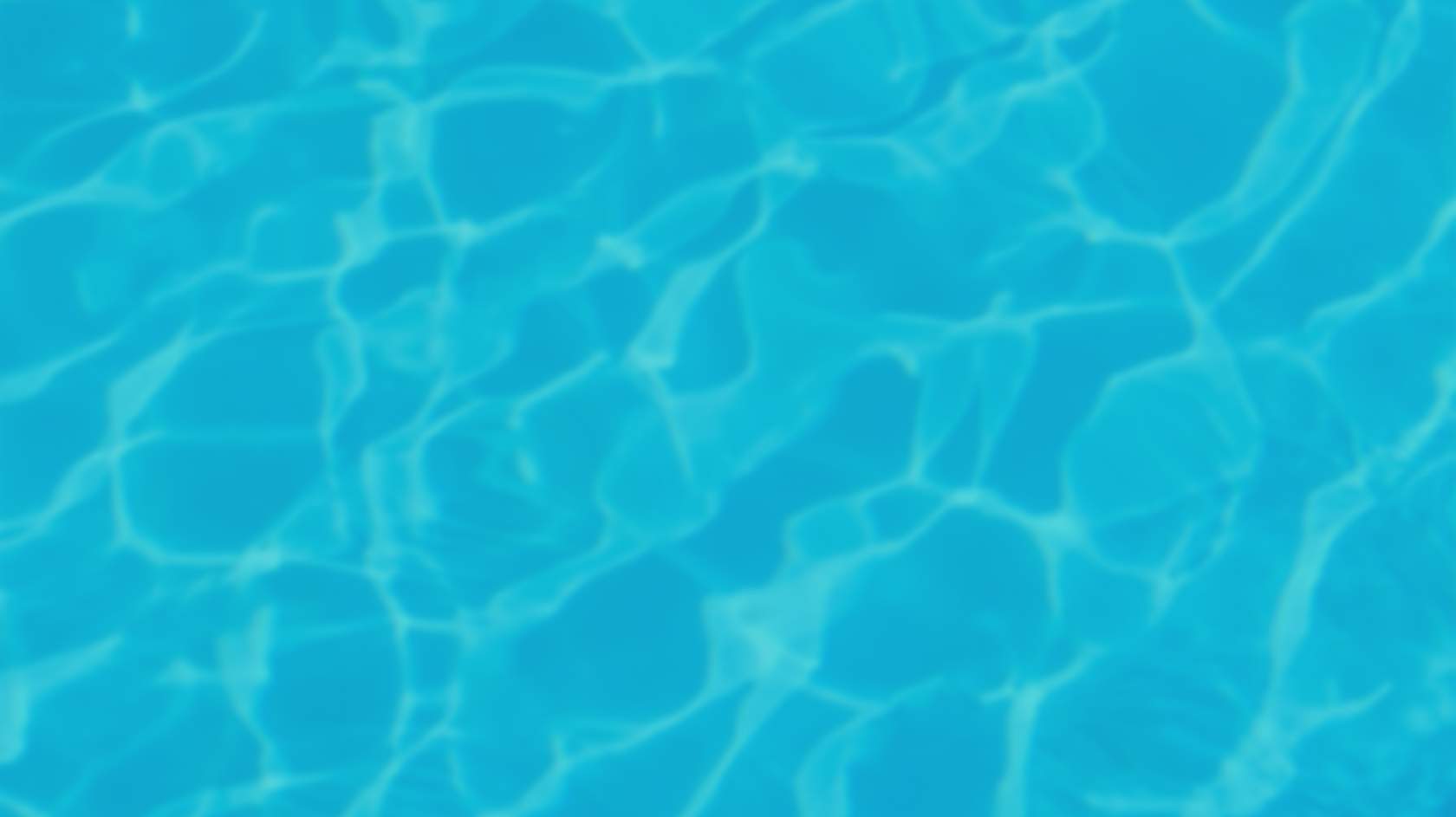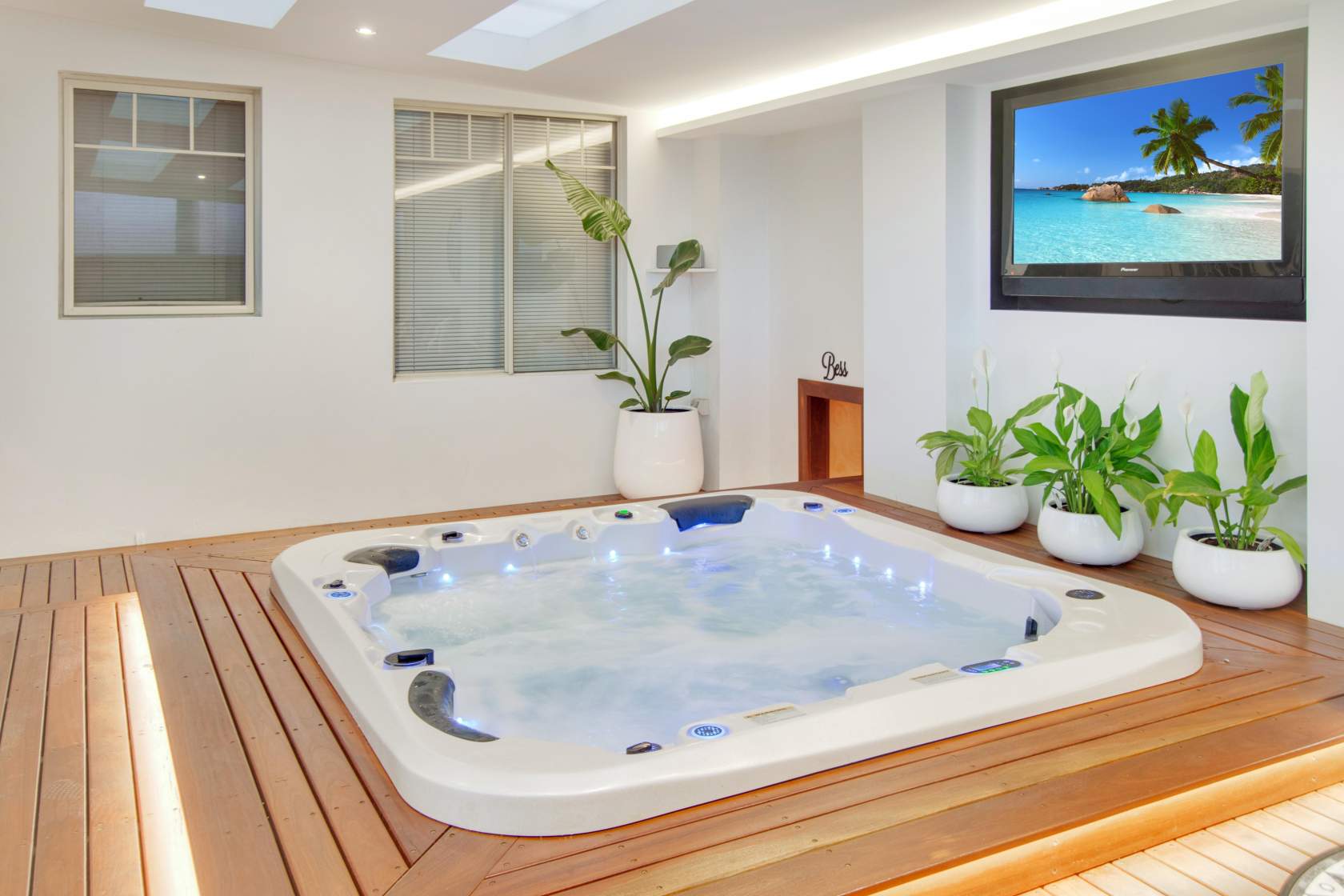

Which spa is right for you?
When the seasons change, thoughts turn to warmer water…and there’s nothing quite like a hot soak to help beat those winter blues.
A spa is a fantastic investment, offering health and wellness benefits with year-round accessibility.
The warm water can increase blood circulation, lower blood pressure and reduce stress, while also providing relief from sore and aching muscles and joints.
There’s plenty to consider when you start investigating options, including budget for initial outlay as well as running costs, the installation location, ongoing sanitation requirements and any required after sales care and maintenance.
Before you get bogged down in the detail, start with the basics. Spas come in three fundamental forms – inground, portable and swim spa options. Learning more about each will help narrow down your choices.
Inground spas
Inground spas are a popular choice as they offer a huge range of benefits. They are a great way to relax and are a great investment, adding value to your home, and lasting for a long, long time.
Inground spa design and materials
An inground spa is usually designed to blend seamlessly into your landscape, either as a stand-alone feature or integrated into an inground pool. Pool and spa combinations are popular as they are built at the same time, making installation more cost-effective.
Custom-built inground spas also offer complete design flexibility. Some homeowners prefer to make their spa installation a focal point, using elements like overflows that create a cascading effect into another body of water. Freedom with customisation means you can design an outdoor space that blends in or stands out as much as you’d like and is guaranteed to get the neighbours talking.
Material choices are important and an inground spa made from durable concrete and steel will provide decades of enjoyment with family and friends. You’re also free to incorporate a host of decorative touches, including different finishes or colours for the spa interior and coping. That same flexibility also extends to the seating design, the placement of water jets, lighting choices and more.
Inground spa installation, heating and sanitation
Inground spa installers use remote equipment connections, which means there are more options for cost-effective, yet efficient, heating. They can be heated independently of your swimming pool, offering a year-round swimming option without the need to fully heat the larger body of water.
Spas commonly feature a gas heating system, which relies on either natural gas or LPG. Some modern efficient gas heaters will get the water to a toasty temperature in just 20–30 minutes. If you want to take things a step further, consider an automation system, which allows you to can get things underway as you leave work and have the spa ready and waiting by the time you arrive home.
It makes sense to purchase a cover for your inground spa, as it will help the water retain some heat between uses. It will also prevent debris from making its way in and help keep maintenance and heating costs down.
Inground spas that are integrated with your swimming pool utilise the same body of water, which means they also share the same sanitation system, simplifying maintenance and reducing costs.
Portable spas
Another excellent choice for year-round relaxation, portable spas are easy to install and can even go with you when you move.
Portable spa design and materials
Portable spas incorporate a shell that is generally made from acrylic and fibreglass – both are strong and durable materials which will withstand damage from the chemicals needed to keep your spa sparkling clean. Most importantly, both materials can handle the heat.
These types of spas are mostly factory produced, which means they come with all the associated warranties for workmanship and parts that you expected from any manufactured item.
This doesn’t mean that they can’t be customised, with plenty of choice on offer when it comes to model, size, shell colour, cabinet colour, water jets and accessories. You can even choose extra bells and whistles like lighting, inbuilt speakers and programmable timers.
The spa shell sits within a cabinet that is usually made from wood, though thermal plastic models are available.
A portable spa can seat between four and twelve people, depending on the size. Many seating configurations are available, and some even come with independent seat controls, meaning that each bather can customise their own jet settings.
Portable spa installation, heating and sanitation
Portable spas are a neat option, as all the equipment required to run it fits into the surrounding spa cabinet.
It’s important to ensure that the spa is installed onto a solid base and a flat, level surface. Installation can be above or below ground level, providing that access is available around the entire spa.
Portable spas are relatively economical to run – something that surprises many would-be buyers, given the requirement for heating. The average spa costs around $20-30 to run each month. Once you’ve established your water quality processes and understand how to keep spa water clear, clean and comfortable, you shouldn’t need too much maintenance either. That doesn’t mean ‘no maintenance’ however, so don’t forget to find out what types of equipment need to be looked after and what checks you’ll need to carry out in order to keep everything ship shape.
As with other spa types, buying a cover will save you in heating and cleaning costs.
Swim spas
When it comes to exercise and relaxation, swim spas offer the best of both worlds. They include jets like a spa which can be used to create a current to swim against, while still offering somewhere to sit back and relax at the end of a hard day.
Swim spa designs and materials
Swim spas are perfect for smaller backyards or for swimmers that follow a home therapy program. The main aim of a swim spa is to provide the ability to swim distances without the need for a big pool.
Swimmers can customise to suit specific exercise or therapy needs – the stronger the current, the harder the workout. Exercise isn’t limited to swimming, with running, core workouts, and equipment-based programs all possible using resistance from the water jet.
Because they are a hybrid between a swimming pool and a spa, swim spas are generally a little deeper than a standard spa. Some designs feature separate zones that allow you to put your feet up and simply enjoy the bubbles or train for your English Channel swim.
Swim spa installation, heating and sanitation
You’ll obviously need to ensure you have enough space for a swim spa. While they can be installed inground, you need to leave space around the spa in order to access plumbing and other equipment.
Year-round swimming will require installation of heating to keep the water toasty warm, so you should make yourself aware of the ongoing costs. You’ll also need to keep an eye on your filtration system and carry out all the required maintenance including filter media replacement and regular water replacement, as well as your sanitation regime. In case we haven’t made it clear yet, a cover will save you time, money and effort.
Want to learn more?
There’s no denying that a spa is a worthwhile investment and certainly one you will relish in the cooler months. But it’s also a decision that requires a lot of forethought and research. Consult a professional to help wade through the available information and to work out the best option for your needs. Head to the 'Find a Provider' section for more information and to find your local SPASA member.
